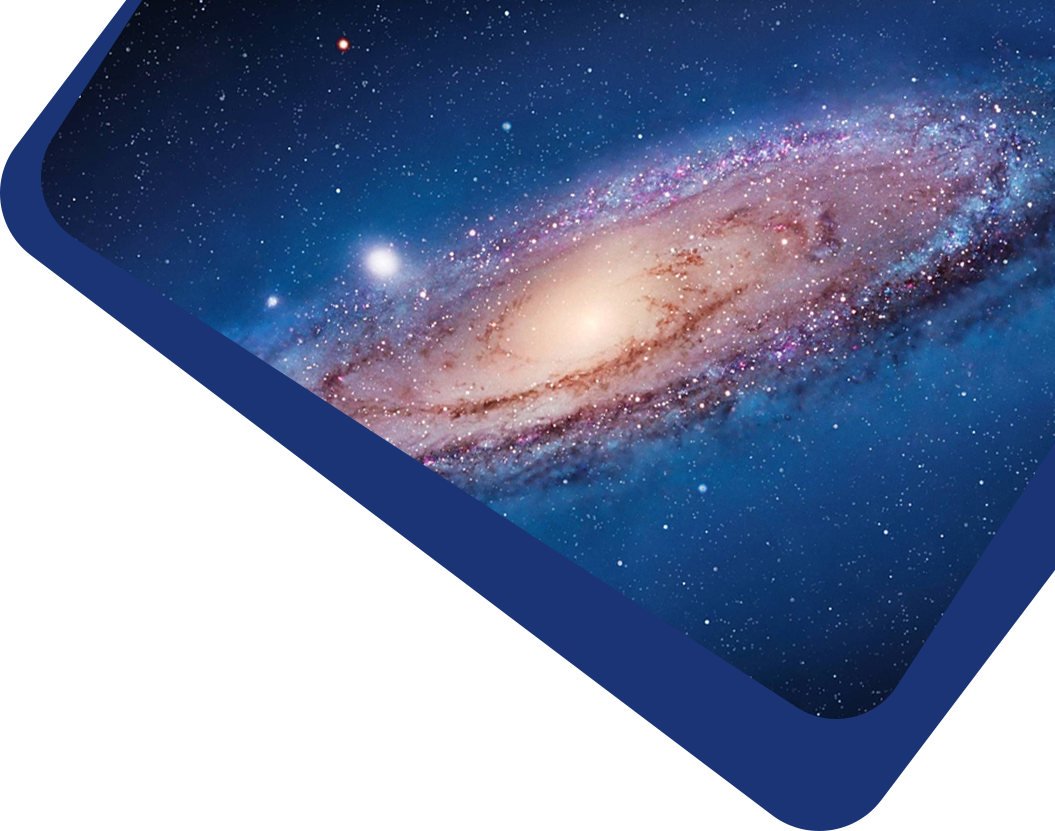This study presents a detailed photometric and spectroscopic analysis of the W UMa-type binary NR Cam, using data from the Transiting Exoplanet Survey Satellite (TESS) and ground-based observations. The light curves exhibit significant variable, with a negative correlation between the brightness of the two maxima—a characteristic of W UMa-type binaries typically attributed to magnetic activity. To explain this behavior, we incorporated a starspot model into our Wilson–Devinney analysis. Our results confirm that NR Cam is a W-subtype, moderately contact binary with a low mass ratio of q = 5.75(±0.03) and a fill-out factor of f = 33.4(±3.1)%. We also analyzed the orbital period variation using all available times of minima. The resulting O − C diagram reveals a long-term decreasing trend in the orbital period at a rate of dP/dt = −5.18(±0.02) × 10−8 day yr−1, superimposed with a periodic oscillation characterized by an amplitude of A3 = 0.0019(±0.0001) day and an oscillation period of P3 = 7.776(±0.003) yr. The long-term decrease is likely due to mass transfer between the binary components, with an estimated mass transfer rate of dM2/dt = 1.33(±0.01) × 10−8M⊙ yr−1. The periodic oscillations are likely driven by the light-travel time effect caused by a tertiary companion, with a minimum mass of M3 = 0.0956(1)M⊙ and a maximum separation of 3.841(6) au. Additionally, we considered the possibility that the periodic variation could result from changes in the gravitational quadrupole moment due to magnetic activity cycles, as described by the Applegate mechanism. Our findings confirm that NR Cam is an active binary system, where magnetic activity plays a significant role in its orbital evolution. These results contribute to our understanding of the magnetic dynamics and evolutionary processes in contact binary systems.



